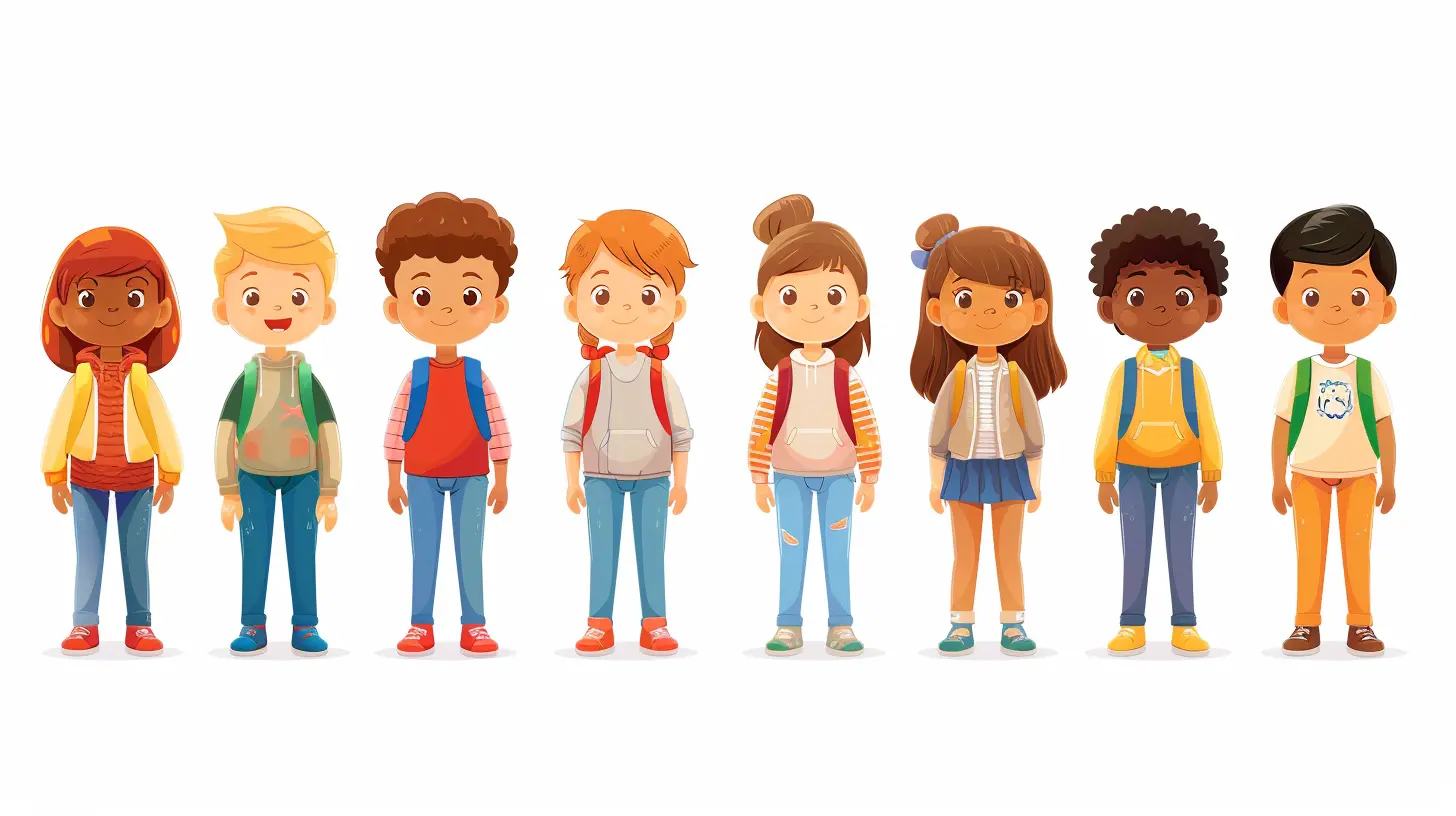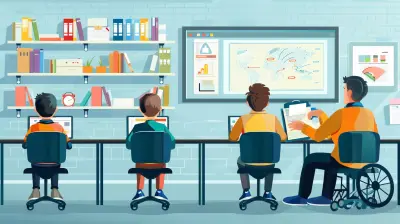How to Differentiate Instruction for Diverse Learners
25 July 2025
Education isn't a one-size-fits-all deal. Think about it—would you wear the same pair of shoes as everyone else, regardless of size and comfort? Absolutely not! The same logic applies to teaching. Students come in all shapes and sizes, not just physically but in how they learn, process information, and engage with lessons.
So, how do we cater to this variety without losing our sanity? The answer: Differentiated Instruction. If you’re a teacher (or just someone interested in education), buckle up because we're about to break down how you can tailor your lessons to fit every learner in your classroom. 
What is Differentiated Instruction?
Differentiated instruction is like a buffet—it offers multiple options so that everyone gets what they need. It’s an approach where teachers tweak content, process, and products to match student readiness, interests, and learning profiles. Instead of delivering one rigid lesson, differentiation allows flexibility so that all students can engage at their own level.Still confused? Imagine you're making pancakes. Some students need extra syrup (extra support), while others like theirs stacked high with toppings (advanced challenges). Differentiation is just making sure each student gets the right serving size for their learning level. 
Why is Differentiation Important?
Every classroom is a melting pot of different backgrounds, abilities, and learning styles. Some kids are visual learners; others need to move around to process information. Some grasp concepts quickly, while others need extra time. Ignoring these differences is like teaching a fish, a bird, and a cat to climb a tree and expecting them all to succeed—not gonna happen.Differentiation ensures that:
✅ Every student gets meaningful learning experiences.
✅ No one is left behind (or bored).
✅ Engagement and motivation stay high because students feel seen and supported.
In short, differentiation levels the playing field without lowering expectations. 
The Four Pillars of Differentiated Instruction
1. Differentiating Content 🎭
This is all about what students learn. Not every student needs to start in the same place, and some might need a different doorway into the material.How to do it:
- Provide materials at different reading levels.
- Use visuals, audio, and interactive tools.
- Offer summaries, outlines, or graphic organizers for struggling learners.
- Allow advanced students to dive deeper into topics with research or projects.
💡 Example: If you're teaching Shakespeare, struggling readers might use a modern translation, while advanced students analyze the original text’s wordplay and themes.
2. Differentiating Process 🛠️
How students make sense of the content matters just as much as what they’re learning. Some prefer working alone, while others thrive in groups. Some need hands-on experiences, while others do best with discussions.How to do it:
- Use learning stations (each station offers a unique way to interact with the topic).
- Offer choices: Some might write an essay, while others create a presentation.
- Incorporate movement—let students act things out, conduct experiments, or build models.
- Utilize peer teaching—students explaining concepts to each other reinforces learning.
💡 Example: Instead of lecturing about ecosystems, set up stations where students research animals, watch videos, and build a food web model.
3. Differentiating Product 🎨
This is all about how students show what they’ve learned. Not everyone excels at writing essays, and that’s okay!How to do it:
- Let students choose how they demonstrate their learning: essays, videos, podcasts, art, or presentations.
- Offer structured templates for struggling students while allowing more creative freedom for advanced learners.
- Provide a mix of individual and group assessment options.
💡 Example: After a history lesson on the Civil War, one student writes a newspaper article, another creates a documentary, and a third performs a dramatic reenactment.
4. Differentiating the Learning Environment 🏫
Not all students learn best in the same physical or emotional environment. Some need quiet, others need movement. Some thrive with structure, while others need a bit more flexibility.How to do it:
- Create cozy reading corners for quiet learners.
- Designate areas for group work vs. solo work.
- Allow flexible seating (yoga balls, standing desks, or good ol' fashioned sitting on the floor).
- Foster a positive, encouraging classroom culture where mistakes are part of learning.
💡 Example: Some students complete writing assignments at desks, while others work on bean bags or at a standing desk. 
Practical Strategies to Make Differentiation Work
1. Use Pre-Assessments 📝
Find out what students already know before you start teaching! This helps avoid boring advanced learners or overwhelming struggling ones.2. Offer Choice Boards 📋
Create a menu of learning activities so students can choose tasks that suit their learning preferences.3. Implement Tiered Assignments 📊
Design tasks at varying levels of complexity so all students can engage meaningfully, no matter their skill level.4. Utilize Technology 📱
Apps like Google Classroom, Kahoot, and Flipgrid offer amazing options for interactive, differentiated learning.5. Be Flexible and Reflective 🤔
Adjust as needed! If something isn't working, try another approach. Differentiation is about adapting to your students, not sticking to rigid plans.Common Challenges (And How to Overcome Them)
❌ "Differentiation is too time-consuming!"
➡ Start small! Even tweaking one part of a lesson can have a huge impact.❌ "It’s unfair if students do different work."
➡ Fair doesn’t mean equal—it means everyone gets what they need to succeed.❌ "How do I manage so many learning styles at once?"
➡ Group students by readiness or learning style for certain activities, making classroom management easier.❌ "What if students resist?"
➡ When students get choices, they’re more motivated. Keep things engaging, and they’ll buy in.Final Thoughts
Differentiated instruction isn’t just some fancy teaching trend—it’s a game changer for making sure all students actually learn rather than just surviving the school day. By adjusting content, process, product, and environment, you can create a classroom where every student thrives.So, next time you plan a lesson, ask yourself: “Am I serving pancakes that fit all my students’ tastes?” If not, mix things up! Differentiation takes practice, but the results? Totally worth it.
all images in this post were generated using AI tools
Category:
Special EducationAuthor:

Anita Harmon
Discussion
rate this article
1 comments
Xander McLaughlin
Great insights! Effective differentiation is crucial for all learners.
August 19, 2025 at 4:22 AM

Anita Harmon
Thank you! I'm glad you found the insights valuable. Differentiation truly makes a difference in meeting the needs of all learners.


